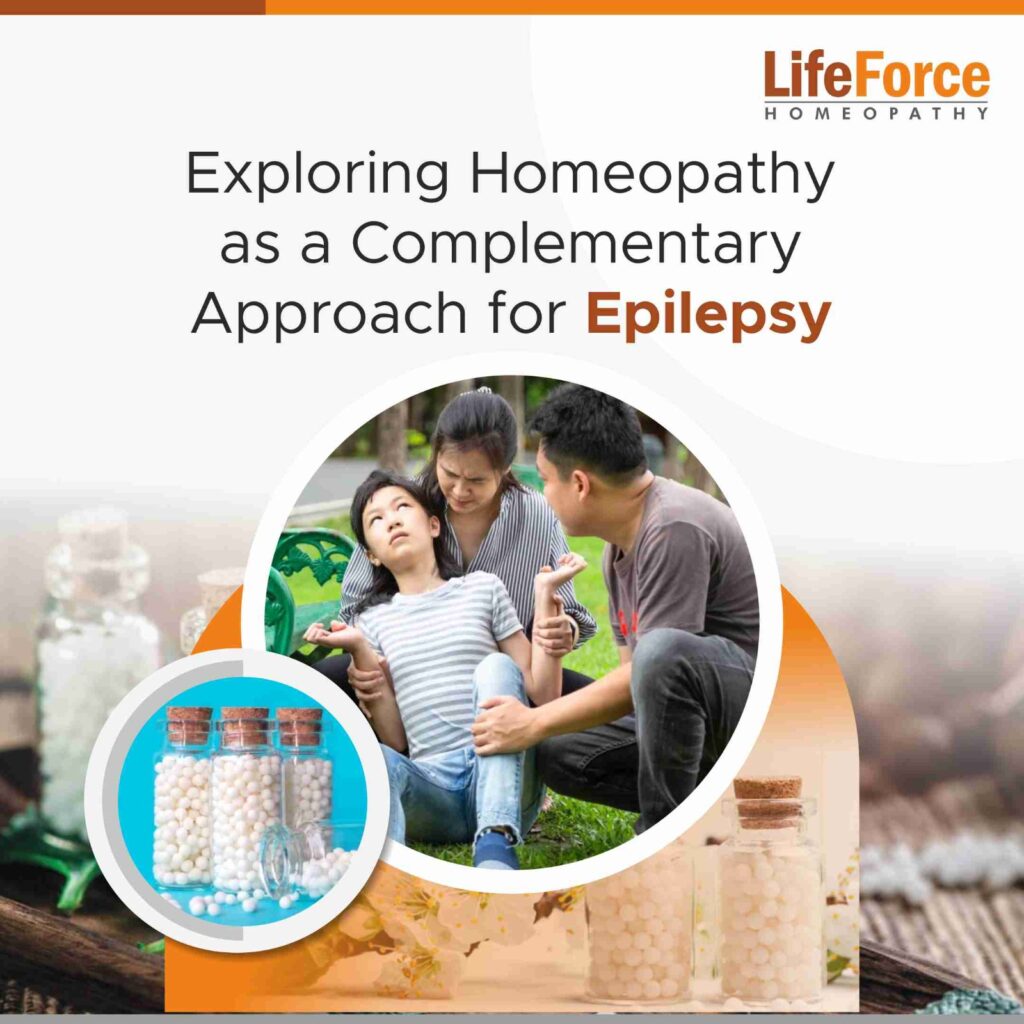Systemic amyloidosis is a rare but serious health condition where abnormal proteins called amyloids build up in different parts of the body, like organs and tissues. These proteins can cause damage and problems with how our body works. There are different types of systemic amyloidosis, each with its own causes and symptoms.
Numerous organs, including the heart, kidneys, liver, neurological system, and gastrointestinal tract even the skin may be impacted by this illness, which can result in a wide range of symptoms and problems. Early detection and treatment are important to help manage the condition and improve quality of life. This blog discusses how homeopathic treatments can be effective for primary systemic amyloidosis and also explores how homeopathy can assist in treating Lichen amyloidosis.
Symptoms of systemic amyloidosis can manifest in various ways, affecting multiple organs and systems in the body. Patients may experience breathlessness, fatigue, and an irregular pulse, often accompanied by swelling in the legs and ankles known as edema. Chest discomfort, proteinuria (protein in the urine), and haematuria (blood in the urine) may also occur. Additionally, individuals may notice swelling in the hands, feet, or face, along with tingling or numbness in the extremities due to peripheral neuropathy. Other common symptoms include weight loss, difficulty swallowing (dysphagia), and gastrointestinal issues such as constipation or diarrhoea. Nausea, vomiting, and abdominal pain can further contribute to the overall discomfort experienced by those with systemic amyloidosis.
It’s crucial to remember that symptoms can differ greatly between persons and that some may have symptoms from more than one organ system.
Furthermore, because amyloidosis can resemble the symptoms of other, more prevalent conditions, diagnosis can be difficult and frequently necessitates a thorough evaluation by a medical professional that includes laboratory testing, imaging studies, and occasionally a tissue biopsy to confirm the presence of amyloid deposits. Treatment and diagnosis at an early stage are essential for controlling the illness and enhancing results.
A combination of imaging investigations, laboratory testing, clinical examination, and tissue biopsy to confirm the presence of amyloid deposits are frequently used in the diagnosis of primary systemic amyloidosis. Reducing the synthesis of aberrant immunoglobulin light chains and treating the underlying plasma cell dysfunction are the usual goals of treatment. To control symptoms and complications, this may entail stem cell transplantation, chemotherapy, targeted therapy, or supportive care.
Primary systemic amyloidosis necessitates a multidisciplinary approach comprising haematologists, nephrologists, cardiologists, neurologists, and other experts to offer comprehensive care for affected individuals due to its rarity and complex clinical presentation. The degree of organ involvement, the patient’s reaction to treatment, and the existence of additional underlying medical disorders are some of the variables that can affect the prognosis.
Chemotherapy, immunomodulatory medications, and supportive medicines are frequently used in conjunction to manage symptoms and consequences of primary systemic amyloidosis. These medications, however, might not be very effective in each and every case of systemic amyloidosis and might have serious adverse effects. Because of this, a lot of patients look into complementary and alternative medicine, such as homoeopathy, in an effort to improve their quality of life and possibly slow the course of their illness.
Lichen amyloidosis:
Primary systemic amyloidosis involves the systemic deposition of abnormal immunoglobulin light chains, primarily affecting organs such as the heart, kidneys, and nervous system. In contrast, lichen amyloidosis, a form of primary localized cutaneous amyloidosis, manifests as itchy, brownish papules or plaques on the skin due to amyloid deposition. Unlike primary systemic amyloidosis, lichen amyloidosis primarily affects the skin and typically does not involve systemic organs. Both conditions involve amyloid deposition but differ significantly in their clinical manifestations and systemic involvement.
Lichen amyloidosis, a subtype of primary systemic amyloidosis, also known as primary localized cutaneous amyloidosis, is characterized by the deposition of amyloid proteins in the skin. It usually presents as small, itchy, brownish papules or plaques, often arranged in a linear or reticulated pattern. Lichen amyloidosis primarily affects the skin and does not typically involve systemic organs or tissues. Typically, the eruptions manifest predominantly on the lower legs, especially the shins, although it can occasionally extend to the thighs, lower limbs, forearms, and back.
Homeopathy for Lichen amyloidosis:
Homeopathy holds significant promise in the management of lichen amyloidosis, addressing both its symptoms and underlying causes. Homeopathy aims to strengthen the body’s immunity, effectively controlling inflammation, alleviating itching and burning sensations, and impeding the spread of lesions. Early intervention can minimize reliance on conventional medications, expediting recovery. With its focus on individualized treatment, homeopathy considers clinical features, physical examination, personal history, and family history for individualized care.
The aim of treatment is to slow down or stop the disease from getting worse and manage its symptoms. When considering homeopathic remedies for this condition, a person’s individual symptoms and overall constitution are taken into account. The goal of the remedy is to alleviate itching, reduce inflammation, and promote skin healing.
Commonly prescribed homeopathic medications for lichen amyloidosis include Graphites, Sulphur, Sepia, and Arsenicum album. These remedies are decided to address the specific needs of each individual and may offer relief from the discomfort associated with this skin condition.
As with any medical intervention, it’s essential for individuals with systemic amyloidosis to consult with healthcare professionals, including homeopaths, to discuss the potential benefits and risks of different treatment options. Doctors usually treat amyloidosis with a combination of medicines and lifestyle changes. Sometimes, they might suggest stem cell transplantation too.
By integrating conventional and complementary approaches, patients can optimize their management strategies and strive for better health and well-being in their journey with amyloidosis.




